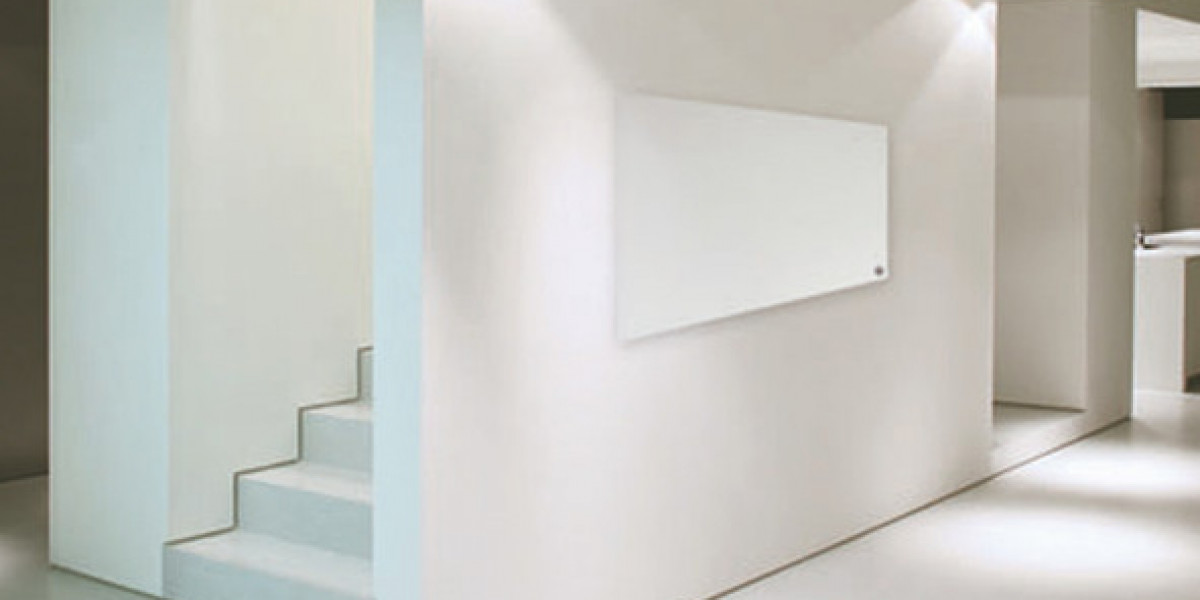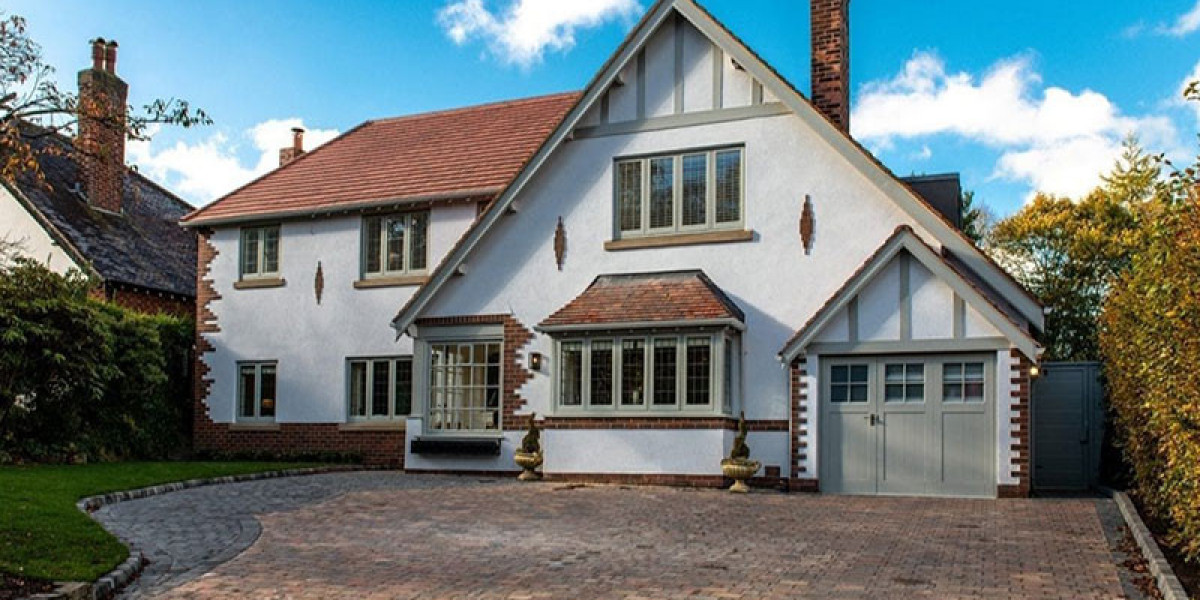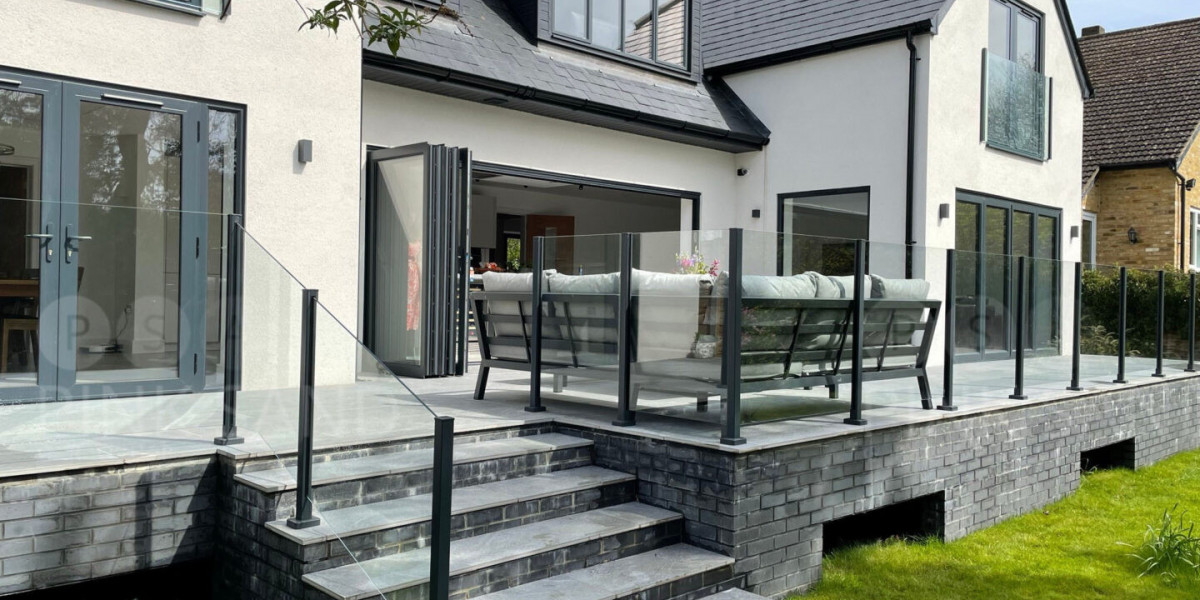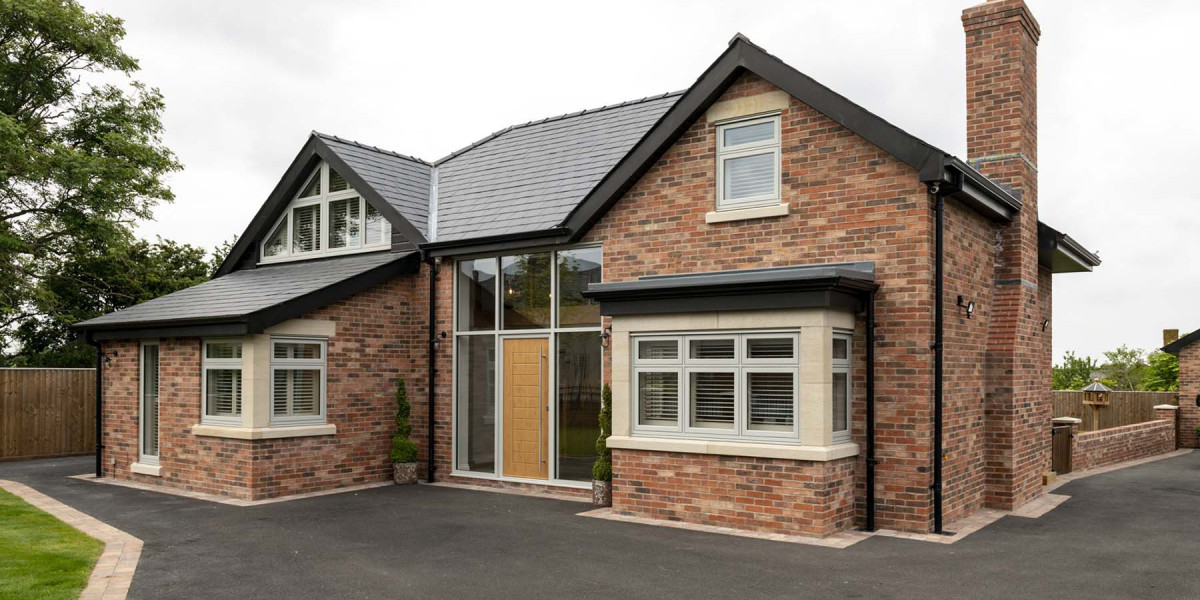Heat recovery ventilation (HRV) helps manage indoor air quality and improve energy efficiency. It recovers heat from exhaust air to precondition incoming fresh air. These systems optimise thermal comfort and reduce reliance on traditional heating. Heat recovery ventilation air conditioning is valuable in airtight structures, which limit unintended air leakage. In such structures, HRV ensures healthy air circulation. The process reduces energy loss and supports the sustainability of modern buildings.
Overview of Air Conditioning Systems
Air conditioning systems are essential for maintaining a comfortable indoor environment by controlling temperature, humidity, and air circulation. These systems operate by extracting heat from indoor air, which is then replaced with cooled and dehumidified air. Modern air conditioning units often feature programmable thermostats and energy-efficient components, enabling precise climate control and reduced energy consumption.
Advances in design have also introduced quieter operation and improved air filtration, which contributes to better indoor air quality. Air conditioning systems are available in various configurations, including split systems, central air systems, and portable units, each suited to different building types and usage requirements.
Integration of Heat Recovery Ventilation with Air Conditioning
Combining heat recovery ventilation with air conditioning systems provides a more efficient and balanced approach to controlling indoor climates. Careful design enables heat recovery units to integrate seamlessly with existing air conditioning systems, creating a system that circulates fresh air while maintaining comfort.
Integration uses shared ductwork or paired systems to work together, ensuring energy recovery and efficient cooling or heating. By combining both technologies, this setup reduces strain on the air conditioning system, lowers energy consumption, and enhances performance. Meanwhile, constant swap of stale and fresh air creates a healthier indoor environment, a key benefit for spaces that prioritize air quality.
Efficiency of Hrv Air Conditioning
The efficiency of hrv air conditioning depends on how well they transfer thermal energy between outgoing and incoming airflows. This transfer occurs in a component called a heat exchanger. It captures heat from exhaust air and uses it to warm incoming fresh air, without mixing the two streams. By recovering a significant portion of this heat, these systems minimize energy waste.
This reduces the demand on primary heating and cooling systems, enabling them to operate less frequently and consume less energy. The design often incorporates advanced heat exchangers that maximize performance while minimizing excessive pressure drops or airflow resistance, thereby enhancing system efficiency.
Installation Quality
Efficiency varies with installation quality, ductwork design, and maintenance practices. Some models feature automatic controls and sensors that adjust airflow according to indoor conditions, thereby further reducing energy consumption. Utilizing these systems in airtight buildings maintains consistent temperatures and significantly increases energy savings, making them crucial to efficient building designs.
In larger spaces, ducted systems offer even air distribution and enhanced comfort. When utilised alongside heat recovery ventilation systems, air conditioning becomes part of an integrated solution for improved energy efficiency and balanced thermal management, supporting a consistent and pleasant indoor climate throughout the year.
Applications in Residential Buildings: Hrv And Air Conditioning
Hrv and air conditioning are being increasingly implemented in residential properties to enhance indoor air quality and improve energy efficiency. Their ability to operate effectively in airtight homes makes them particularly suitable for modern, energy-efficient housing designs. By facilitating continuous air exchange, these systems help to reduce indoor pollutants, including allergens and moisture, which can contribute to condensation issues and poor air quality.
They are commonly installed in new-build properties but can also be retrofitted into existing homes with careful planning and design. The compact size of certain units allows for installation in spaces with limited room, while advanced controls enable tailored operation to suit individual household requirements.
Benefits in Commercial and Industrial Settings
Heat recovery ventilation systems offer solutions for commercial and industrial environments where air quality and energy efficiency are critical. They are designed to handle large air volumes, making them suitable for large spaces such as warehouses, offices, and factories. Regulators can easily manage air exchange while minimising heat loss, which creates a stable environment even in crowded or climate-controlled areas.
When combined with systems like air conditioning, these units can reduce the workload of primary heating or cooling units and lower operational costs. Improved ventilation also means a healthier atmosphere, which may help workforce comfort and productivity. As regulations on energy performance become more stringent, utilizing these systems can help properties remain compliant while achieving long-term efficiency.
HRV and Seasonal Considerations
Heat recovery ventilation systems are designed to adapt to varying seasonal demands, ensuring efficient operation throughout the year. During colder months, these systems extract warmth from exhaust air and transfer it to incoming fresh air, reducing the need for additional heating. Conversely, in warmer periods, they help regulate indoor temperatures by supporting the cooling efforts of air conditioning systems.
This adaptability not only optimises energy use but also contributes to maintaining a stable and comfortable indoor environment regardless of outdoor conditions. The ability of these systems to balance temperature fluctuations makes them particularly valuable in climates with pronounced seasonal variations.
Thermal Comfort: Hrv Heating And Cooling
Advanced designs often include features such as automatic adjustments to airflow rates based on external and internal temperatures, ensuring consistent performance. These capabilities enable hrv heating and cooling systems to operate seamlessly in both residential and commercial settings, enhancing thermal comfort while maintaining energy efficiency across a range of weather conditions.
Additionally, these systems complement other energy-efficient features in residential properties, such as improved insulation and high-performance glazing, ensuring balanced and consistent thermal management throughout the property. They are a preferred choice in regions where extreme weather conditions necessitate greater control over indoor climates, providing comfort and energy savings for occupants.
Common Challenges and Solutions
Installing heat recovery ventilation systems can present challenges, such as limited installation space or compatibility issues with existing heating and cooling infrastructure. Address space constraints by choosing compact units for smaller areas. Plan layouts carefully to ensure systems fit. If integration with existing systems is complex, engage HVAC (Heating, Ventilation, and Air Conditioning) professionals to assess the building and optimize compatibility.
Mitigate noise by selecting low-noise models or adding sound-absorbing insulation in the ductwork. Avoid inefficiencies by sizing systems correctly after detailed airflow and thermal demand assessments. Insulate and seal ductwork to prevent energy loss and increase performance. These actions address installation challenges and support long-term efficiency and functionality.
Maintenance of Heat Recovery Ventilation Systems
Regular upkeep of heat recovery ventilation systems ensures their optimal functionality and efficient performance. One key aspect of maintenance involves inspecting and cleaning the filters, which prevent dust and debris from obstructing airflow. Blockages within the ductwork should also be addressed promptly to maintain unrestricted air circulation and avoid unnecessary strain on the system.
The heat exchanger, a vital component in energy transfer, requires periodic inspection to ensure it operates effectively without accumulating dirt or other contaminants. Ventilation grilles and fans should also be checked regularly to identify and rectify any build-up of dirt or damage. Proper maintenance often involves scheduling professional servicing to assess system components and verify performance levels.
Technological Advancements: Heat Recovery Air Conditioning
Recent technological developments in heat recovery air conditioning have significantly improved their efficiency and functionality. Modern designs now feature advanced heat exchangers that maximise energy transfer while maintaining low pressure drops, ensuring smooth operation and enhanced performance.
The inclusion of intelligent controls enables systems to adapt automatically to both indoor and outdoor conditions, optimizing energy use and maintaining consistent comfort levels. Some systems now incorporate sensors to monitor air quality, adjusting airflow rates in real time to maintain a healthier environment.
Cost Considerations
The costs associated with heat recovery ventilation systems are influenced by various factors, including the building's size, the complexity of the installation, and the specific system selected. Larger properties or those requiring more extensive ductwork may incur higher expenses, while compact systems can be more economical for smaller spaces.
Installation in existing buildings may require additional modifications, which could potentially increase overall costs. However, certain models offer enhanced energy-saving features, which can reduce operational expenses over time. Additionally, government incentives or grants for energy-efficient systems may help offset initial investment costs in some regions.
Long-Term Performance
Maintenance costs, such as filter replacements and periodic inspections, are relatively low compared to potential energy savings achieved through reduced reliance on heating and cooling systems. Selecting a system tailored to the building's requirements can optimise cost-efficiency while ensuring long-term performance.
Noise-reduction innovations, such as insulated casings and quiet fan technologies, have further enhanced user satisfaction, making these systems suitable for a wide range of settings. Additionally, integration with smart home platforms provides remote management capabilities, enabling users to monitor and adjust system parameters from mobile devices or other interfaces.
Environmental Impact and Sustainability
Heat recovery ventilation systems contribute to environmental sustainability by decreasing energy demands within buildings. By capturing and reusing heat from exhaust air, they help reduce reliance on traditional heating and cooling methods, thereby lowering greenhouse gas emissions. Their integration into modern energy-efficient buildings aligns with global efforts to adopt greener construction practices.
These systems also support compliance with energy efficiency regulations, which are increasingly prioritised in residential, commercial, and industrial sectors. The reduction in energy usage achieved by these systems plays a crucial role in promoting sustainable resource management and addressing climate change challenges.
Conclusion
Heat recovery ventilation air conditioning offer an innovative approach to enhancing energy efficiency while maintaining superior indoor air quality. Their ability to transfer heat from outgoing air to incoming fresh air reduces the strain on heating and cooling systems, contributing to lower energy consumption. When combined with air conditioning systems, these solutions provide a harmonious balance of temperature control and air circulation, offering a seamless experience. Modern designs incorporate advanced technology, enabling seamless integration with other climate control systems, tailored to specific building needs. By reducing energy demands, such systems align with current priorities for sustainable and environmentally friendly construction practices. Their adaptability for residential, commercial, and industrial applications demonstrates their versatility, making them a valuable addition to modern building designs.
FAQs
1. How does heat recovery ventilation improve energy efficiency?
- By transferring heat from exhaust air to incoming fresh air, heat recovery ventilation systems minimise energy loss and reduce the workload on primary heating and cooling systems.
2. Are heat recovery ventilation systems compatible with older buildings?
- With proper planning and installation, heat recovery ventilation systems can be retrofitted into older properties. Compact units and adaptable designs facilitate integration, even in buildings with space or layout constraints.
3. How often should heat recovery ventilation air conditioning systems be maintained?
- Maintenance should include regular filter cleaning, inspection of ductwork, and heat exchanger checks. Scheduling professional heat recovery ventilation air conditioning periodically ensures efficient operation and extends the system's lifespan.
Related Business Listings |














